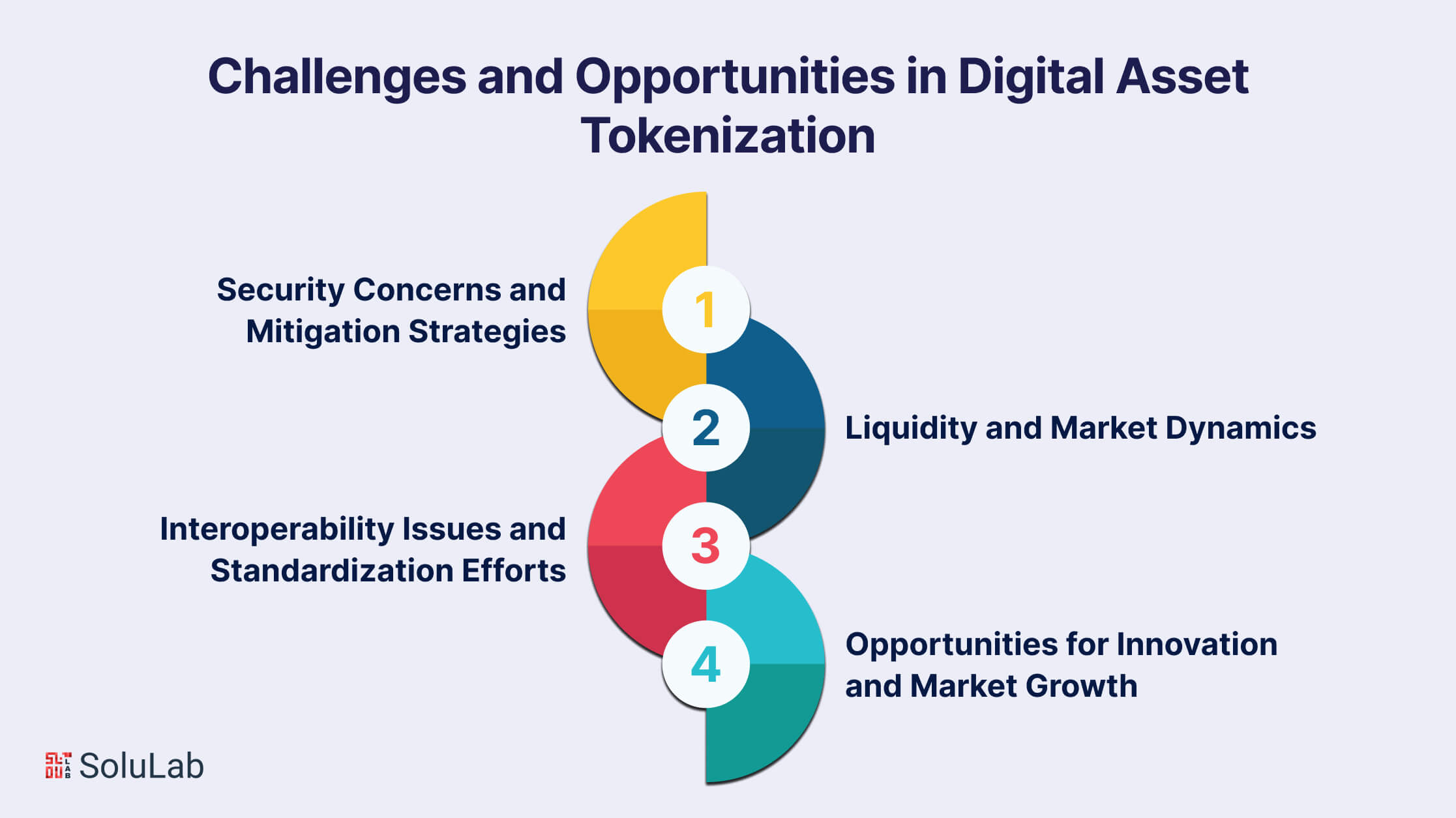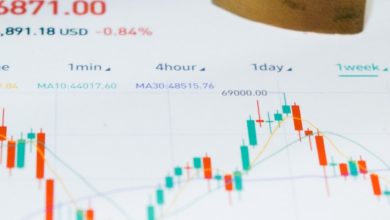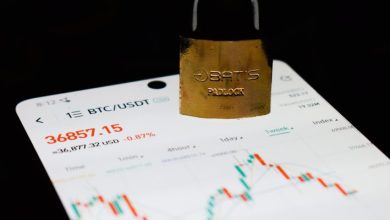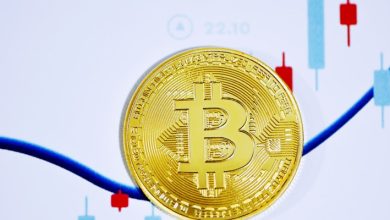Tokenization of Real Assets: Opportunities and Challenges

- Understanding Tokenization of Real Assets
- Exploring the Potential Opportunities of Tokenizing Real Assets
- Challenges Faced in the Tokenization of Real Assets
- The Future of Real Asset Tokenization
- Regulatory Considerations in Tokenizing Real Assets
- Case Studies: Successful Tokenization of Real Assets
Understanding Tokenization of Real Assets
Tokenization of real assets refers to the process of converting physical assets into digital tokens on a blockchain. This innovative approach allows investors to own fractions of high-value assets such as real estate, art, or commodities. By tokenizing real assets, individuals can access investment opportunities that were previously out of reach.
Understanding tokenization involves grasping the concept of digital tokens representing ownership rights to a portion of a physical asset. These tokens are stored on a blockchain, providing transparency, security, and immutability. Investors can buy, sell, and trade these tokens on digital asset exchanges, offering liquidity and flexibility.
Tokenization of real assets opens up new possibilities for diversification and democratization of investments. It allows for fractional ownership, enabling smaller investors to participate in markets traditionally dominated by institutional players. Additionally, tokenization reduces barriers to entry, streamlines transactions, and enhances market efficiency.
Exploring the Potential Opportunities of Tokenizing Real Assets
Exploring the potential opportunities of tokenizing real assets opens up a world of possibilities for investors and asset owners alike. By converting physical assets into digital tokens, individuals can access a wider pool of potential investors, increase liquidity, and streamline the process of buying and selling real assets.
Tokenization also allows for fractional ownership, enabling investors to purchase smaller portions of high-value assets that were previously out of reach. This democratization of access to real assets can help diversify investment portfolios and reduce risk.
Furthermore, tokenization can unlock new markets and create opportunities for global investment, as digital tokens can be traded 24/7 on blockchain platforms. This increased accessibility can attract a broader range of investors, driving demand and potentially increasing the value of tokenized assets.
Overall, the potential benefits of tokenizing real assets are vast, offering a new way to invest in tangible assets while leveraging the efficiency and security of blockchain technology. As the market for tokenized assets continues to grow, it is essential for investors and asset owners to stay informed and explore the opportunities that this innovative approach can provide.
Challenges Faced in the Tokenization of Real Assets
When it comes to the tokenization of real assets, there are several challenges that need to be addressed in order to ensure a successful implementation. One of the main challenges is the lack of regulatory clarity surrounding tokenized assets. This can create uncertainty for investors and issuers alike, as they may not fully understand the legal implications of tokenizing real assets.
Another challenge is the issue of liquidity. While tokenization has the potential to make real assets more liquid, there are still barriers that need to be overcome in order to facilitate trading and ensure that investors can easily buy and sell tokenized assets.
Security is also a major concern when it comes to tokenizing real assets. There is always a risk of cyber attacks and hacking attempts, which could result in the loss of assets or sensitive information. It is crucial for issuers to implement robust security measures to protect against these threats.
Additionally, there is the challenge of interoperability. In order for tokenized assets to reach their full potential, they need to be able to interact seamlessly with other blockchain networks and platforms. This requires standardization and collaboration among different players in the industry.
Overall, while there are many opportunities associated with the tokenization of real assets, it is important to be aware of and address the challenges that come with it in order to ensure a successful and sustainable implementation.
The Future of Real Asset Tokenization
Real asset tokenization is poised to revolutionize the way we invest in tangible assets such as real estate, art, and commodities. By digitizing these assets and representing them as tokens on a blockchain, investors can gain access to fractional ownership and liquidity in traditionally illiquid markets.
One of the key advantages of real asset tokenization is the ability to democratize access to high-value assets. Through tokenization, investors can purchase fractions of assets that were previously out of reach, allowing for greater diversification and risk management in investment portfolios.
Furthermore, real asset tokenization can streamline the process of buying, selling, and transferring ownership of assets. By using smart contracts on a blockchain, transactions can be executed quickly and securely, reducing the need for intermediaries and lowering transaction costs.
As the technology behind real asset tokenization continues to evolve, we can expect to see increased adoption and innovation in this space. From tokenizing real estate properties to fine art collections, the possibilities are endless. It is clear that the future of real asset tokenization is bright, offering new opportunities for investors and asset owners alike.
Regulatory Considerations in Tokenizing Real Assets
When considering the tokenization of real assets, it is crucial to take into account the various regulatory considerations that come into play. Tokenizing real assets involves converting physical assets into digital tokens on a blockchain, which can have implications for compliance with existing laws and regulations. Here are some key regulatory considerations to keep in mind:
- Securities Regulations: One of the primary concerns when tokenizing real assets is ensuring compliance with securities regulations. Depending on the nature of the asset and how it is tokenized, it may be classified as a security, which would subject it to securities laws.
- AML/KYC Compliance: Anti-money laundering (AML) and know your customer (KYC) regulations are important considerations when tokenizing real assets. Implementing robust AML/KYC procedures can help prevent illicit activities such as money laundering and terrorist financing.
- Ownership Rights: Clarifying ownership rights is essential when tokenizing real assets. Token holders should have clear rights and responsibilities outlined in the token offering documents to avoid disputes and legal issues down the line.
- Tax Implications: Tokenizing real assets can have tax implications that need to be carefully considered. Depending on the jurisdiction, tokenization may trigger capital gains taxes, VAT, or other tax obligations that need to be accounted for.
- Compliance with Local Laws: It is important to ensure that the tokenization of real assets complies with local laws and regulations in the jurisdictions where the assets are located or where investors are based. Failure to do so could result in legal consequences.
By taking these regulatory considerations into account and working closely with legal experts, issuers can navigate the complexities of tokenizing real assets while remaining compliant with relevant laws and regulations. This can help unlock the potential benefits of tokenization, such as increased liquidity, fractional ownership, and enhanced transparency, while mitigating regulatory risks.
Case Studies: Successful Tokenization of Real Assets
Several case studies have demonstrated the successful tokenization of real assets, showcasing the opportunities and benefits of this innovative approach. These examples highlight how tokenization can unlock liquidity, increase accessibility to investments, and streamline the process of asset management.
- One notable case study involved a commercial real estate property being tokenized, allowing investors to purchase fractional ownership through digital tokens. This resulted in increased liquidity for the asset, as investors could easily buy and sell tokens on a secondary market.
- Another successful tokenization example is the art industry, where valuable artworks are being tokenized to enable broader participation in art investment. By dividing ownership into tokens, art enthusiasts can now invest in high-end art pieces without the need for significant capital.
- Furthermore, tokenization has been applied to commodities such as gold and silver, providing investors with a digital representation of physical assets. This has opened up new opportunities for diversification and hedging against market volatility.
Overall, these case studies demonstrate the potential of tokenization to revolutionize the real asset industry by democratizing access to investments, increasing liquidity, and enhancing transparency. As more real assets are tokenized, we can expect to see further innovation and growth in this space.





